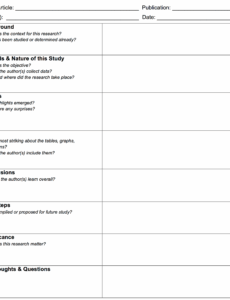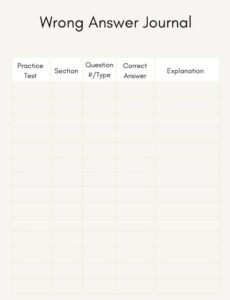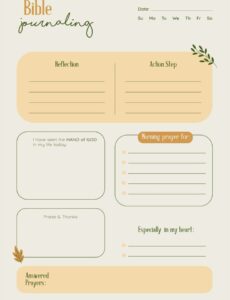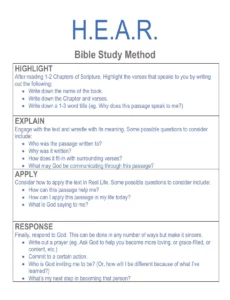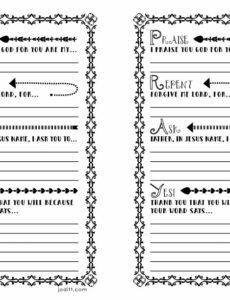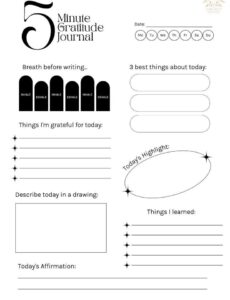Have you ever noticed how fascinated children are by the world around them? From the tiniest ladybug to the biggest cloud in the sky, their curiosity is boundless. One of the most dynamic and ever-present aspects of our environment is the weather. It changes daily, sometimes hourly, offering a constant show of nature’s power and beauty. Imagine harnessing that natural curiosity and channeling it into a fun, educational activity that helps them observe, record, and understand the patterns of our planet.
That’s where a simple yet engaging tool comes in: a weather journal. It’s more than just a notebook; it’s a gateway to scientific exploration, encouraging kids to become mini-meteorologists right from their own backyard. By regularly checking and noting down what they see outside, they’ll develop a deeper connection to nature and learn valuable skills without even realizing it. And the best part? We’re going to explore how a tailored weather journal template for kids can make this adventure even easier and more exciting for everyone involved.
Why Embark on a Weather Journaling Adventure with Your Child?
Starting a weather journal with your child is much more than just a way to pass the time; it’s a rich educational experience disguised as play. This simple activity encourages a host of developmental benefits, nurturing skills that extend far beyond understanding rain or sunshine. For instance, it sharpens their observation skills. Children learn to pay closer attention to details they might otherwise overlook, like the direction of the wind, the specific shades of the clouds, or the subtle changes in temperature throughout the day. This focused attention is a cornerstone of scientific inquiry.
Beyond observation, journaling promotes critical thinking and pattern recognition. Over time, as they fill their weather journal, kids will begin to notice trends. Perhaps every time the wind blows from the west, rain follows. Or maybe clear, sunny days are always accompanied by cooler temperatures in the morning. These insights aren’t taught; they are discovered, which makes the learning process incredibly powerful and memorable. It empowers them to make predictions and hypotheses, just like real scientists do.
A Canvas for Creativity and Vocabulary Building
A weather journal isn’t just about facts and figures; it’s also a fantastic outlet for creativity. Kids can draw pictures of the sky, paint the clouds, or even create symbols to represent different weather conditions. This artistic expression makes the learning process more engaging and personal. Moreover, it naturally expands their vocabulary. They’ll learn words like “cumulus,” “cirrus,” “precipitation,” “humidity,” and “barometer,” weaving scientific terminology into their everyday language in a meaningful context. This holistic approach makes learning both fun and comprehensive.
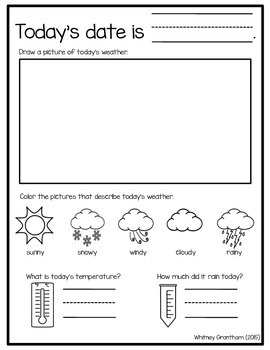
What can children record in their weather journal?
- The date and time of their observations.
- Temperature readings (high and low for the day, or at specific times).
- A description of cloud types they see.
- Wind direction and strength.
- Any precipitation: rain, snow, hail, or fog.
- Their own drawings or sketches of the sky.
- A space for notes about how the weather makes them feel or what they did outside.
Crafting the Perfect Weather Journal Template for Kids
Creating or finding the right weather journal template for kids is key to making this activity accessible and enjoyable. A well-designed template provides structure without stifling creativity, guiding young learners through the essential elements of weather observation. It should be visually appealing, easy to understand, and provide ample space for both written notes and drawings. Think about a layout that’s intuitive, perhaps with dedicated boxes for different data points, rather than just blank lines.
When you’re putting together such a template, consider including core sections that encourage comprehensive reporting. Every entry should start with the basics: the date and the specific time of the observation. This helps to track changes over time accurately. Next, a clear spot for temperature is crucial, perhaps allowing for both the actual reading and how it feels (e.g., “warm,” “chilly”). This adds a personal, sensory element to the scientific data.
Visual elements are incredibly important for kids. Provide a large section for them to draw what they see in the sky. Are there fluffy white clouds, dark stormy ones, or a clear blue expanse? Drawing helps them internalize their observations and express them creatively. Alongside this, include prompts for specific weather conditions: “Is it sunny, cloudy, rainy, or windy?” Simple checkboxes or a space for a descriptive word work well here. Don’t forget a section for “wind direction” and “wind strength” to encourage them to feel the air and think about its movement.
Finally, a good weather journal template for kids should have a free-form “Notes” or “My Thoughts” section. This allows children to jot down anything else they noticed, ask questions, or describe an activity they did related to the weather that day. Maybe they spotted a rainbow, or built a snowman, or heard thunder. These personal touches make the journal truly their own and deepen their engagement with the science of meteorology. It transforms a simple data collection exercise into a holistic learning experience.
In essence, a weather journal isn’t just about recording data; it’s about fostering a sense of wonder and encouraging scientific inquiry from a young age. It provides a structured yet flexible framework for children to connect with the natural world, develop keen observation skills, and express their understanding creatively. This daily ritual can become a cherished part of their routine, offering tangible evidence of their learning journey and a lasting appreciation for our planet’s ever-changing atmosphere.
By engaging in this delightful activity, children gain much more than just knowledge about the weather. They cultivate patience, attention to detail, and a foundational understanding of cause and effect. So, grab some pens and paper, or print out a ready-made template, and embark on an exciting journey of discovery with your child. Watch as their curiosity blossoms and they become true weather adventurers, eager to predict and understand the sky above.
